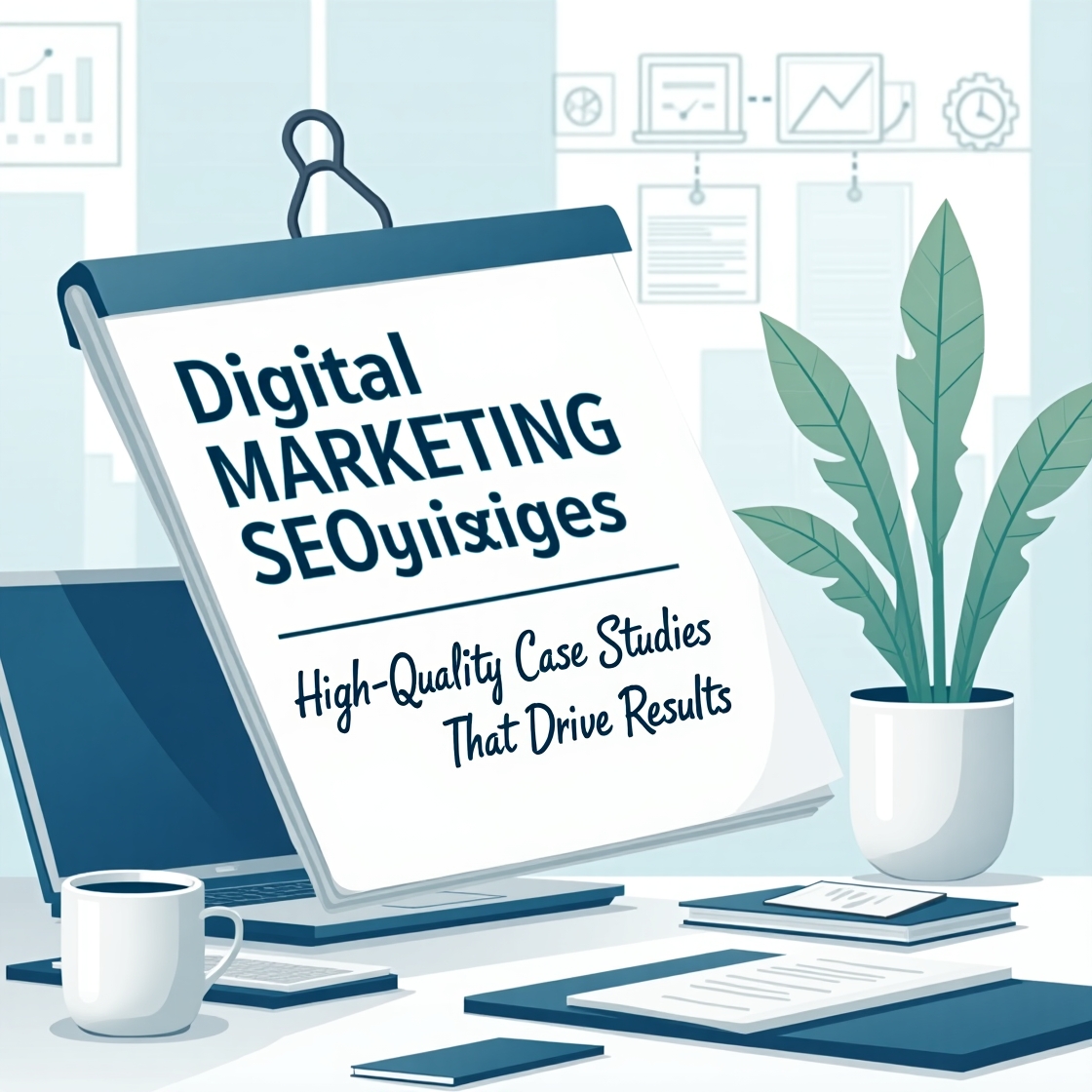In today's digital age, it's not enough to simply have an online presence. Businesses must compete for visibility, traffic, and conversions. Digital marketing, powered by strong SEO (Search Engine Optimization), is the engine behind that success. From attracting new audiences to building trust and increasing revenue, the right strategies and real-world case studies offer valuable insights for every entrepreneur or marketer.
What Is Digital Marketing?
Digital marketing is the use of online channels—such as websites, social media, email, search engines, and mobile apps—to promote products, services, or brands. It includes various strategies such as:
Search Engine Optimization (SEO)
Content marketing
Pay-per-click (PPC) advertising
Email marketing
Affiliate marketing
Social media marketing
Each of these channels works together to reach your target audience at different stages of the buying journey—from awareness to conversion.
The Role of SEO in Digital Marketing
SEO is the process of optimizing your content and website to rank higher in search engine results. When done right, it brings free, organic traffic that converts into leads and sales.
High-quality SEO is about more than just keywords—it includes:
Technical SEO (site speed, mobile-friendliness, crawlability)
On-page SEO (title tags, meta descriptions, internal linking)
Off-page SEO (backlinks and domain authority)
Content optimization (writing for users and search engines)
High-Quality SEO Guides: What You Should Know
If you’re serious about digital success, following in-depth SEO guides is essential. Here’s what top SEO resources teach:
1. Keyword Research
Learn how to identify keywords that your target audience is actively searching for using tools like Ahrefs, SEMrush, and Ubersuggest.
2. Content Strategy
Understand how to create valuable, relevant content that answers questions and solves problems.
3. Link Building Techniques
Explore safe and effective methods to earn high-quality backlinks from authority sites.
4. SEO Analytics
Use Google Analytics and Google Search Console to track performance and adjust strategies accordingly.
5. User Experience (UX) Optimization
SEO isn't just about rankings—it’s about creating a smooth, satisfying experience for users.
Real Case Studies: How Businesses Use SEO to Grow
✅ Case Study 1: E-commerce Brand Boosts Sales by 180% with SEO
An online store selling sustainable fashion focused on long-tail keywords and optimized its blog content around customer questions like “How to build a minimalist wardrobe.” Over six months, organic traffic doubled, and sales jumped by 180%.
✅ Case Study 2: Local Business Ranks #1 on Google
A small bakery used local SEO strategies—claiming its Google My Business profile, optimizing for “near me” keywords, and gathering customer reviews. Within three months, it ranked #1 for “best cupcakes in [City],” resulting in a 60% increase in foot traffic.
✅ Case Study 3: Blog Generates Passive Income from SEO
A blogger in the finance niche created SEO-optimized content around high-search, low-competition keywords like “best budgeting apps.” As traffic grew, affiliate income followed. In under a year, the blog reached 100K monthly visitors and generated over $5,000/month in passive income.
Key Takeaways
SEO and digital marketing work best when integrated. Don’t treat them as separate tasks.
Focus on user intent—understanding what your audience is looking for will help you craft content that ranks and converts.
Stay consistent. SEO takes time but delivers long-term results.
Analyze and adapt. Use performance data to refine your strategy continuously.
Final Thoughts
Digital marketing is not a one-size-fits-all game. The most successful marketers are those who invest time in learning, applying best practices, and adapting to changes. High-quality SEO guides and real-world case studies provide a roadmap that anyone—from startups to established businesses—can follow to achieve growth.

